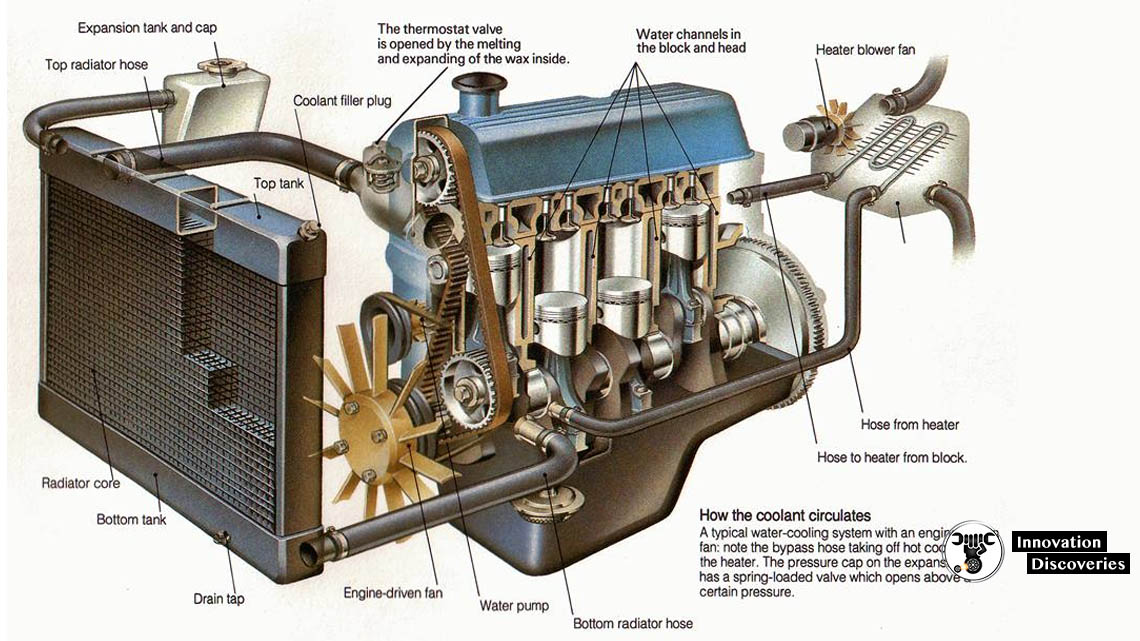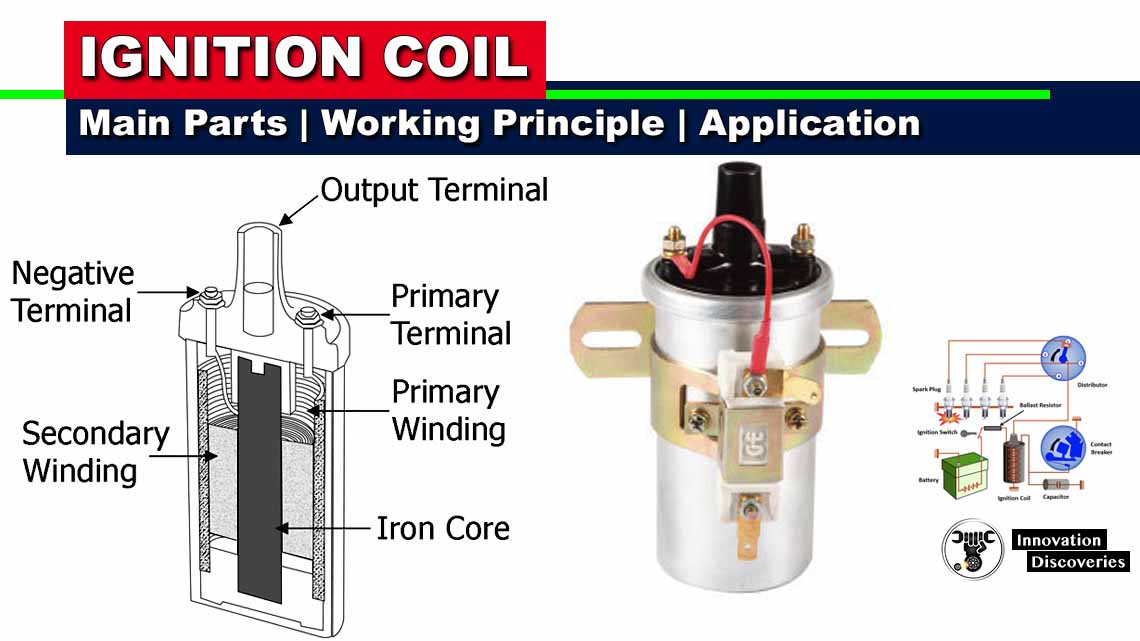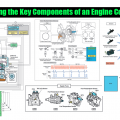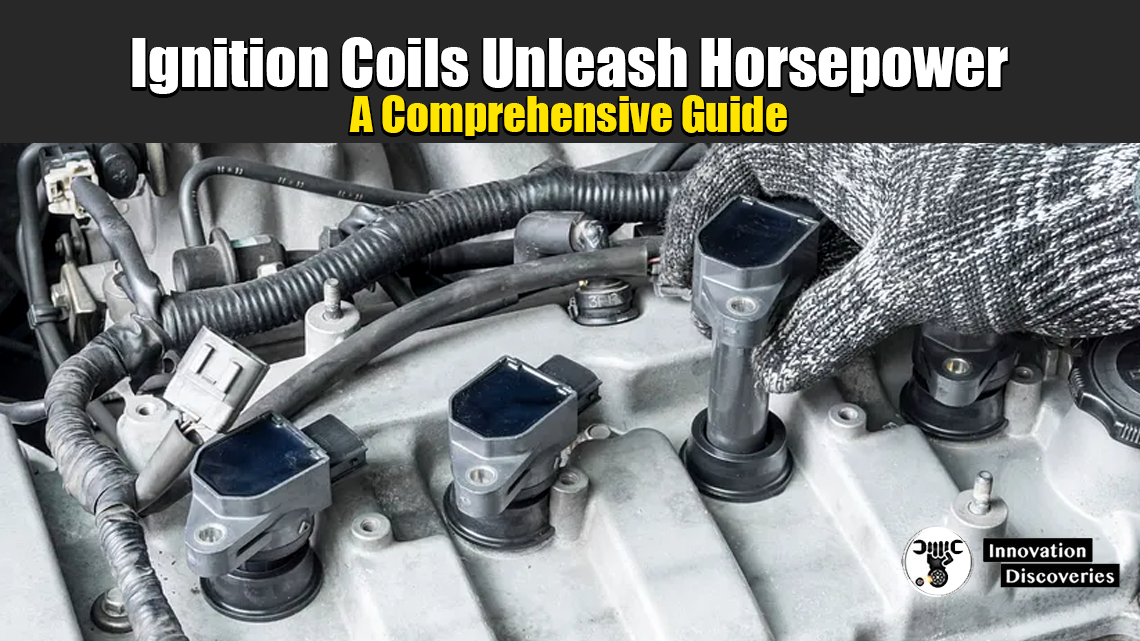
Introduction:
The ignition system is the heart of any internal combustion engine, and one crucial component that plays a pivotal role in this system is the ignition coil.
Often overlooked but essential for efficient engine performance, ignition coils contribute significantly to the generation of spark that ignites the air-fuel mixture.
In this comprehensive guide, we will delve into the intricacies of ignition coils, their types, functions, and how to identify and troubleshoot potential issues.
What Is an Ignition Coil?
The ignition coil is a vital component in the ignition system of a vehicle. Its primary function is to transform low-voltage electrical power from the battery into the high-voltage power needed to spark the spark plugs. This transformation is crucial for initiating the combustion process in the engine.
In a conventional ignition system, the ignition coil consists of two coils of wire: the primary coil and the secondary coil.
The primary coil receives low-voltage electrical power, while the secondary coil outputs high-voltage power, which is then transmitted to the spark plugs.
Coil-on-Plug Ignition Systems:
Modern engines often feature advanced ignition systems, with one notable innovation being the coil-on-plug (COP) system. Unlike traditional systems where a single ignition coil serves multiple spark plugs, COP systems have a dedicated coil for each spark plug.
This arrangement eliminates the need for a distributor and ensures more precise timing of the spark. COP systems are known for enhancing engine performance, fuel efficiency, and reducing emissions.
Symptoms of a Failing Ignition Coil:
Recognizing the signs of a failing ignition coil is crucial for maintaining optimal engine performance. Common symptoms include misfires, poor fuel efficiency, rough idling, and a noticeable drop in overall engine power.
Understanding these signs can help diagnose and address ignition coil issues promptly, preventing further damage to the engine.
How to Test an Ignition Coil:
Testing the ignition coil is a straightforward process that can be done with basic tools. This section will outline step-by-step procedures for testing both the primary and secondary coils.
We will explore methods such as using a multimeter and discuss common benchmarks for coil performance.
Additionally, we’ll provide tips on interpreting test results and offer insights into when to replace a faulty ignition coil.
Conclusion:
Ignition coils are the unsung heroes of engine performance, playing a crucial role in unleashing the horsepower hidden within your vehicle.
Understanding their function, recognizing potential issues, and knowing how to test and maintain them are essential for ensuring a smooth and powerful driving experience.
By paying attention to the health of your ignition coils, you can maximize engine efficiency and prolong the life of your vehicle.
READ: IC ENGINE: COMPONENTS AND THEIR FUNCTIONS, TYPES, AND TERMINOLOGY
HOW IGNITION DISTRIBUTOR WORKS?
Download: REPAIR GUIDE FOR DENSO COMMON RAIL INJECTOR REPAIR
OVERHAULING A BOSCH DISTRIBUTOR
Read More:
Read: SPARK PLUGS AND GLOW PLUGS: WHAT’S THE DIFFERENCE?
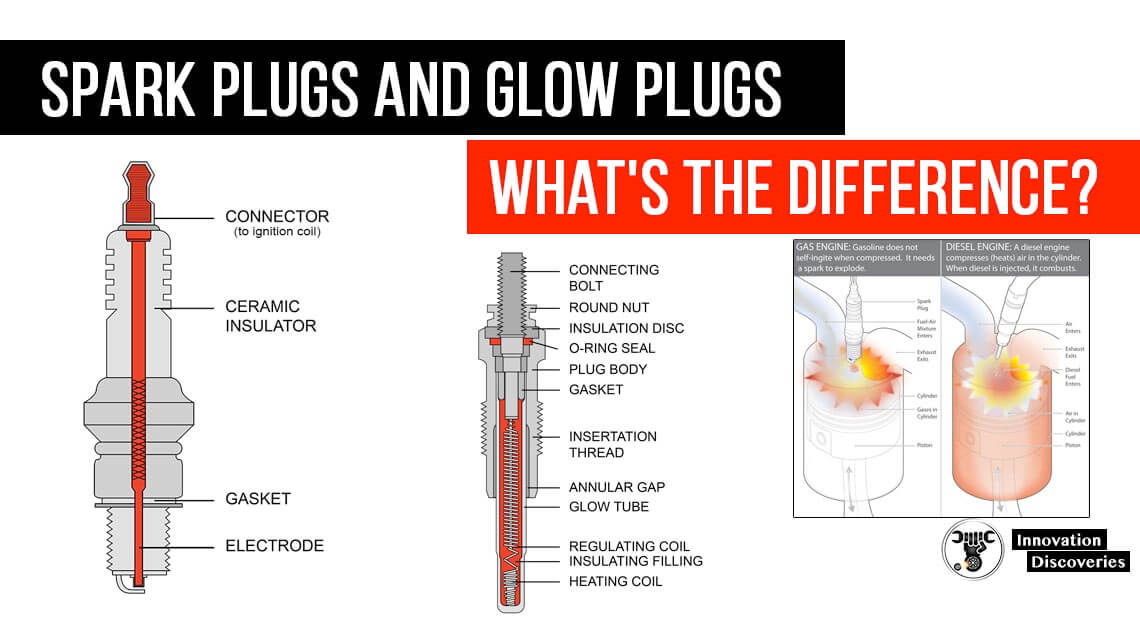
Visit Forum
Visit Our Friendly Website


